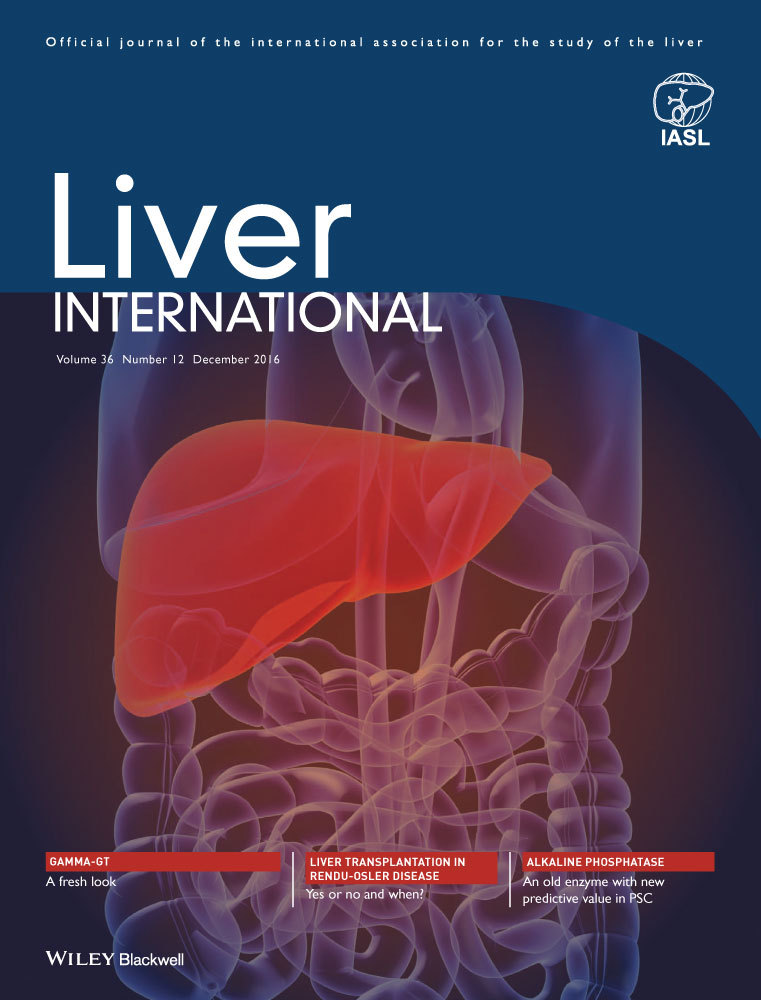Hereditary hemorrhagic telangiectasia: to transplant or not to transplant?
Abstract
This report comments the case reported by Muller et al. which describes a combination of at least two different indications for orthotopic liver transplant (OLT) in a same patient: hepatocarcinoma and HHT complicated with severe liver involvement and high output cardiac failure. This case report highlighted that the clear time for OLT in HHT can be difficult to determine. In HHT, if intensive medical approach is not efficient, OLT, has to be considered. In the case of Muller et al., the patient was correctly listed for OLT for a single hepatocellular carcinoma, however, he did not receive a sufficient priority so as to avoid worsening of liver vascular malformations complications. Bevacizumab may be a therapeutic option in the treatment of complicated liver VMs in HHT, However, the recurrence of symptoms after withdrawal of the drug make it unsuitable as a replacement for OLT in the cure of complicated liver VMs in HHT. In the case reported by Muller et al. the right “OLT window” after bevacizumab was lost.
The right time for OLT in severe complicated liver VMs in HHT does exist but, as this case illustrates, it can be very difficult to determine. As OLT is a radical cure for liver VMs, with excellent outcomes, it should be the therapeutic choice in patients under the age of 65 years. Bevacizumab may be an interesting option, either for patients over the age of 65 years, or those who are poor candidates for surgery; if these latter respond to bevacizumab they should be re- evaluated for OLT (with a “fast- track”) as the prognosis of severe complicated liver VMs is very poor.




